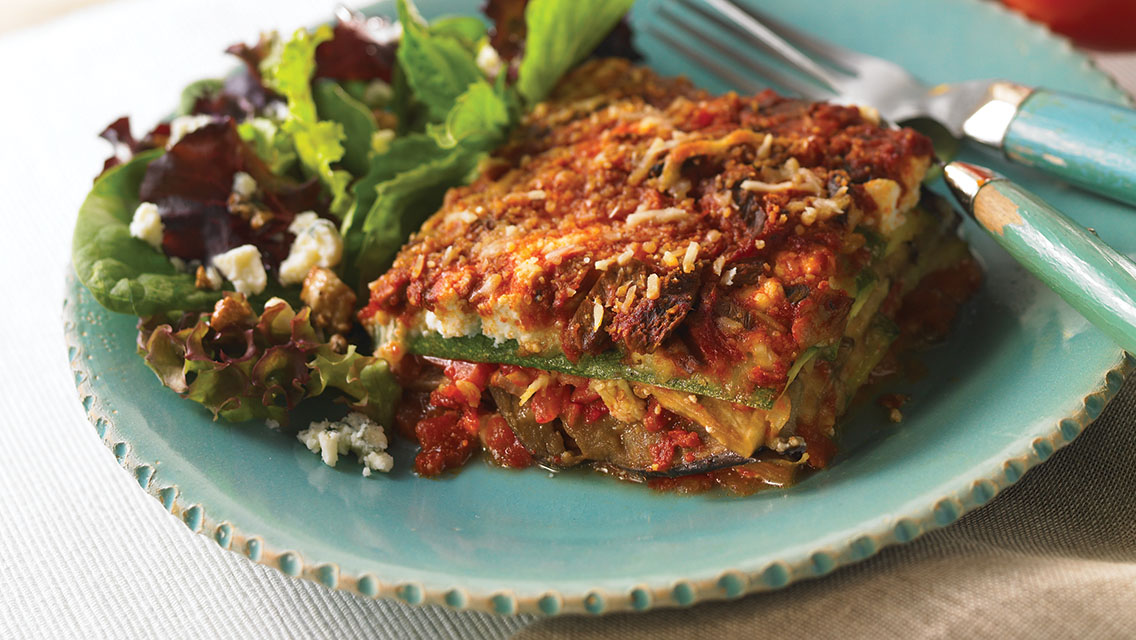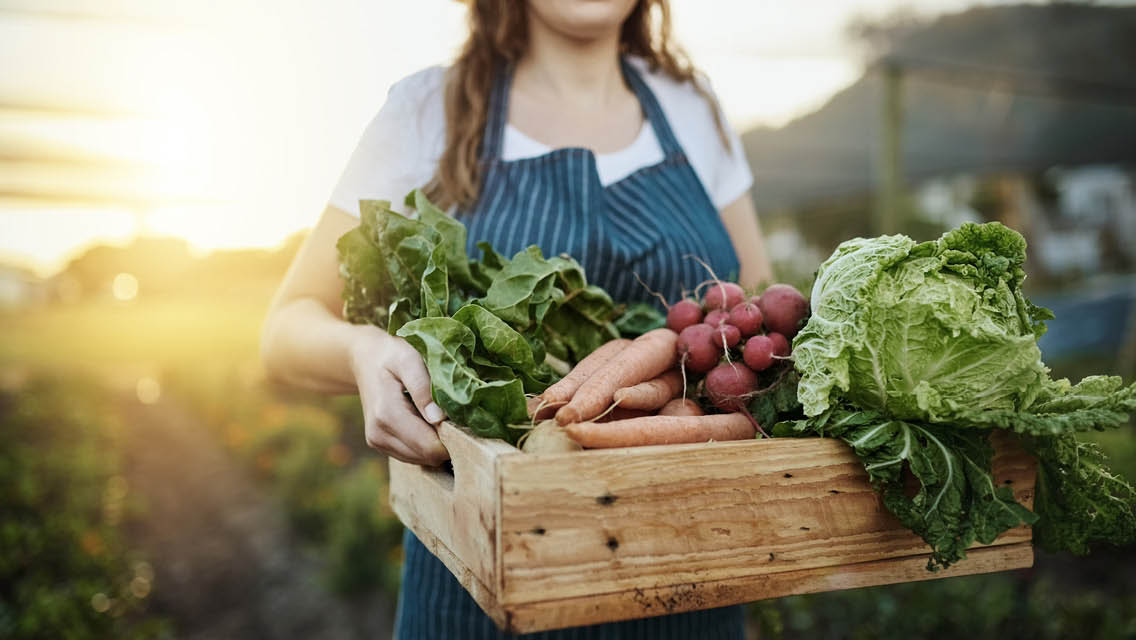Much ink has been spilled over the last few years about the romance of the small farm and the ecstasy of dining on the homegrown produce grown there. The writers of these stories and books, however, have inadvertently made life for those farmers much more difficult, says Katrina Heron, editor of Slow Food Nation’s Come to the Table: The Slow Food Way of Living.
Heron, who’s written for The New Yorker, Vanity Fair and Wired, explains that by talking about agriculture in poetic terms, the very writers who hoped to support the new generation of sustainable farmers have generally portrayed them as effete, marginal dreamers.
These depictions have sparked a backlash by food processors and factory farms that now present themselves as providers of “regular” food for “regular” people — in opposition to organic and small farmers, whom the industrialists paint as living in an unrealistic world populated by arugula-munching elites.
Of course, every doctor and nutritionist knows it’s better to eat more vegetables than corn chips. When we turn vegetable farmers into paper saints, however, we risk creating a world in which “regular” people feel free to skip vegetables altogether because they’ve been led to believe that they’re something that only devotees of the symphony and readers of literary fiction consume.
To combat this false association of small farmers and elites, Heron set out to celebrate sustainable farming in a radical way: In her book, she wanted to expose the economic model that makes them viable and explain that there are more benefits to eating locally than just eating beautifully — like recapturing traditional virtues such as satisfaction and joy.
“We started out doing the book so that it would be available to people who came to Slow Food Nation,” says Heron, referring to the fall 2008 gathering that attracted 85,000 people to San Francisco to celebrate sustainable farming and food producers. “But I knew, above all, I never wanted the book to be a nostalgic journey to the American farm. I wanted it to be practical straightforward and descriptive: Who produces this food? Why do they value the work they do? What is the work they do? What livelihood and lifestyle emerge from their economic situation?”
To that end, Heron used her book to profile a farmer who grows only baking grains like wheat, rye and oats, and grinds them before delivery to the hundred or so avid bread bakers who are her clients. She found a group of farmers who turned a rare plant they loved — the Pixie tangerine — into a cash crop, thanks to the support of one key retail outlet. She featured a family that switched from feeding their dairy cows grain to grazing them on pasture as a simple cost-saving measure, and soon saw their livestock become healthier and their veterinary bills plummet.
This family eventually transformed their outfit into an organic farm — not because they were dreamers, but because they believed that when two paths present themselves, it’s always wise to take the one that leads to greater self-sufficiency.
“Farming has become this very nostalgia-laden, mythologized subject in America,” Heron says, “but I think this idea that small farming is a part of the agrarian past is part of the system that encourages people to buy industrial food.” In other words, if farming is mythical and mystical, and takes place in a misty, long-ago imaginary place, you can just eat Fritos for every meal because that world and your world don’t have anything in common.
But if you just ate Fritos for every meal, you’d be losing out on more than antioxidants, Heron maintains. “If you understand where your food comes from, you have a tendency to value it more, as with anything you buy. If you can see that it was made with care and understand it, you appreciate it.”
And that appreciation is part of a greater constellation of issues like self-satisfaction. “The pleasure of simple work is something that’s very important to me, but I feel that has also been lost for so many people. When you make something, even if it’s something as easy as a salad, the satisfaction you have in creating it and providing it to your family is really immeasurable,” she says.
“Anyone can experience that same food joy, yet few people realize that they’re missing a lot of culinary pleasure and satisfaction because small farmers and their foods are few and far between.”
If you’ve been avoiding food raised by small, local or organic farmers because it’s been represented as elitist or too expensive, you’ve been misled. In reality, you should eat it because it is the likeliest choice to make you truly happy and healthy — in body and soul.
Pastaless Vegetable Lasagna
Makes six servings
- 1 pound eggplant
- 1 pound fresh tomatoes
- 1 1/2 pounds zucchini
- 1 large white onion
- 1/2 cup dried porcini mushrooms
- 3 cloves garlic, crushed and minced, or to taste
- 1/4 cup olive oil
- 1 can (28 ounces) crushed tomatoes
- 1 tsp. dried oregano
- 1 bunch basil leaves, picked off the stems
- 1 container (8 ounces) ricotta cheese
- 2 cups grated hard cheese (fontina, Parmesan and Romano are all good choices)
- Salt and freshly ground pepper to taste
Directions
- Preheat the oven to 350 degrees F. Use a mandoline, meat slicer or knife to thinly slice the eggplant, fresh tomatoes, zucchini and onion into 1/4-inch slices. Slice the zucchini and eggplant lengthwise.
- Boil 1 cup water and pour over the dried mushrooms. Let steep for five minutes. Remove the mushrooms from the water, squeeze the water out, and chop them roughly. Sauté garlic in 2 tablespoons of the olive oil. Add the crushed tomatoes, the oregano and the porcini mushrooms, and cook over medium heat for 10 minutes, stirring frequently. Remove from the heat and add the basil.
- Take a 10- to 15-inch-wide rectangular or square ovenproof dish and grease liberally with the remaining olive oil. Mix the ricotta cheese with a spoon to soften it, adding water if necessary to make sure the ricotta is soft and spreadable. Layer the dish, starting with a layer of the mixed vegetables (each layer should contain all types of vegetables) and topping that with a layer of ricotta (dab this on using two forks or your fingers), a handful of the mixed grated cheese and a ladleful of tomato sauce.
- Alternate layers until the vegetables are used up. The top layer should be tomato sauce topped with grated cheese. Add salt and pepper to taste. Bake for 45 minutes or until the vegetables are tender enough for a fork to slice easily through the lasagna. If the top is browning too quickly, tent the pan with aluminum foil.
- Remove the lasagna from the oven and let it rest for at least 30 minutes. This dish will also be delicious the next day.
Medley of Roasted Vegetables With Balsamic Vinegar
Makes eight servings
- 2 medium-size green zucchini
- 2 medium-size gold zucchini
- 2 small Mexican squash (chayote)
- 2 large red bell peppers
- 2 large gold bell peppers
- 2 large green bell peppers
- 2 bunches spring onions with mice-size bulbs (bulbs only)
- 1/4 cup balsamic vinegar
- 1/4 cup olive oil (enough to coat all the vegetables)
- Salt and freshly ground pepper to taste
Directions
- Preheat the oven to 400 degrees F.
- Wash and cut all the vegetables into 1/2-inch pieces.
- Line a baking sheet with foil or parchment paper, and spread out the prepared vegetable chunks on the sheet.
- Add the vinegar and oil to the vegetables and toss well, using your hands and making sure all the vegetables are well coated. Lightly sprinkle salt and pepper over the entire sheet of vegetables.
- Bake on the center oven rack for about 12 to 15 minutes. Outer edges of the vegetables should become nice and toasted, even slightly burned, but watch close so as not to go overboard.
Warm Fava Bean Salad
Makes six servings
- 30 large fava beans
- Salt
- 3 tbs. butter
- 8 sage leaves, roughly chopped
- Lemon juice, optional
Directions
- Bring an 8-quart pasta pot filled with water to a boil and add salt as you would for pasta. Drop the fava beans in and boil for six minutes.
- Drain the water from the beans and let them cool for 15 minutes. While the fava beans are cooling, warm the butter in a saucepan and add the sage leaves.
- Cook them over low heat for five minutes, or until you can smell the sage scent.
- When the beans have cooled, use your hands to squeeze the cooked beans out of the pod into a serving bowl.
- Dress the beans with the butter and fried sage.
- Season to taste with salt, pepper and some lemon juice, if you like. Serve warm.
Recipe excerpted from Slow Food Nation’s Come to the Table: The Slow Food Way of Living by Katrina Heron (Modern Times, 2008).
This article originally appeared as “Real Food, Real Farmers.”




This Post Has 0 Comments